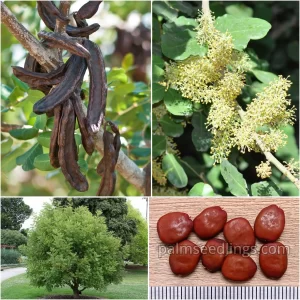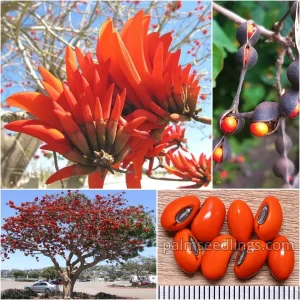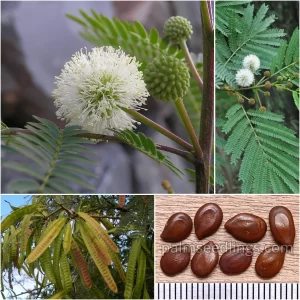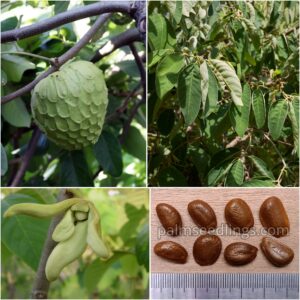Menu
3,00 € – 80,00 €
Product Details
Brachychiton populneus, commonly known as the Kurrajong or Bottle Tree, is a distinctive and drought-tolerant tree species known for its unique bottle-shaped trunk, lobed leaves, and clusters of bell-shaped flowers. Native to Australia, this tree is valued for its ornamental appeal and adaptability to arid conditions.
-Germination Time: Fast
-Germination Difficulty: Easy
-Growth speed: Fast
Select Quantity
*Shipping cost is calculated automatically in the cart after adding the products.
Click here to learn about how we ship; packaging, shipping price, delivery time and more.
commin soon
| Weight | N/A |
|---|---|
| Quantity | 10 Seeds, 100 Seeds, 1.000 Seeds |




All rights reserved PalmseedlingsⓇ 2025.